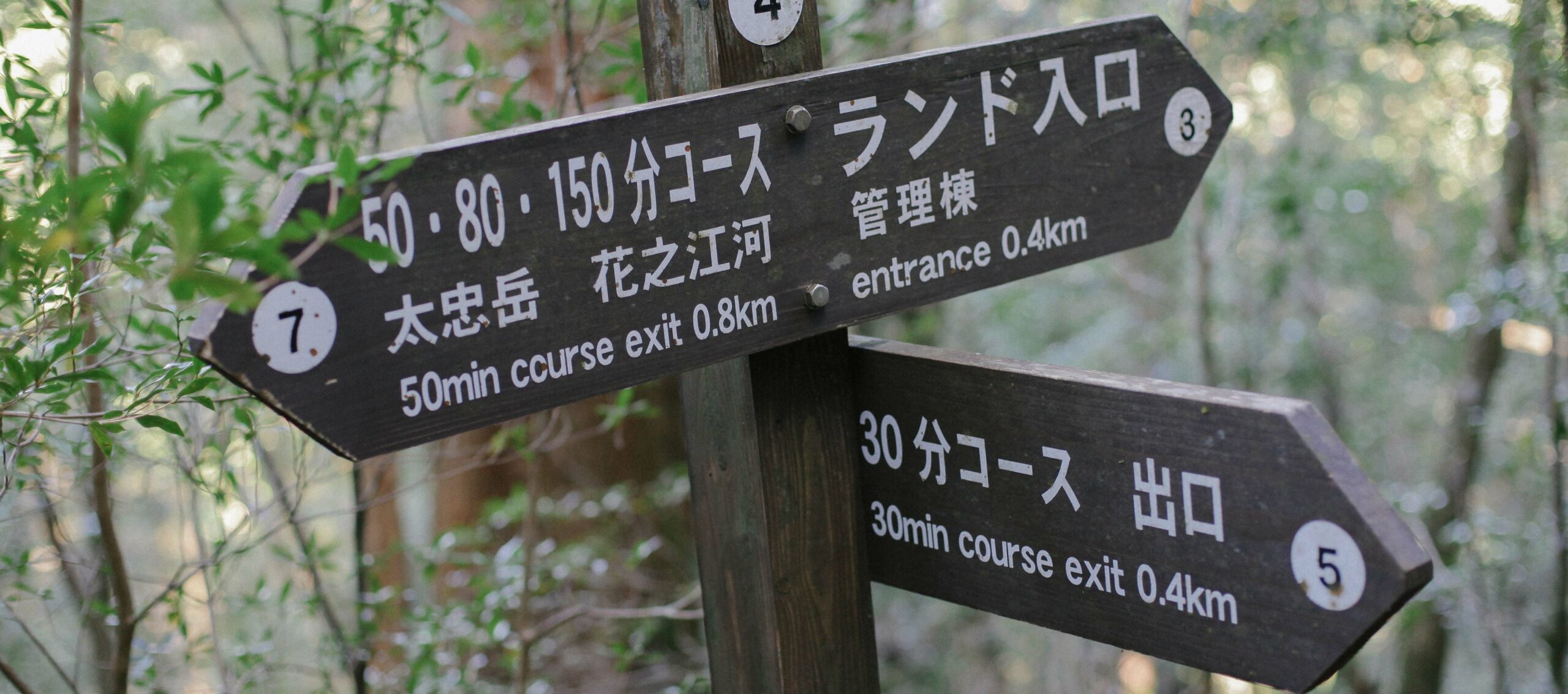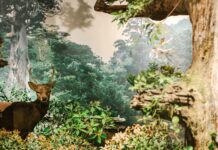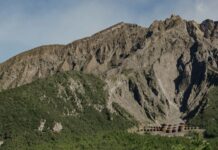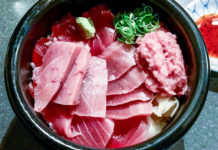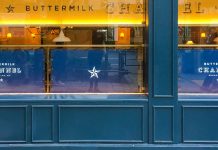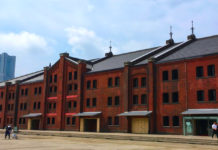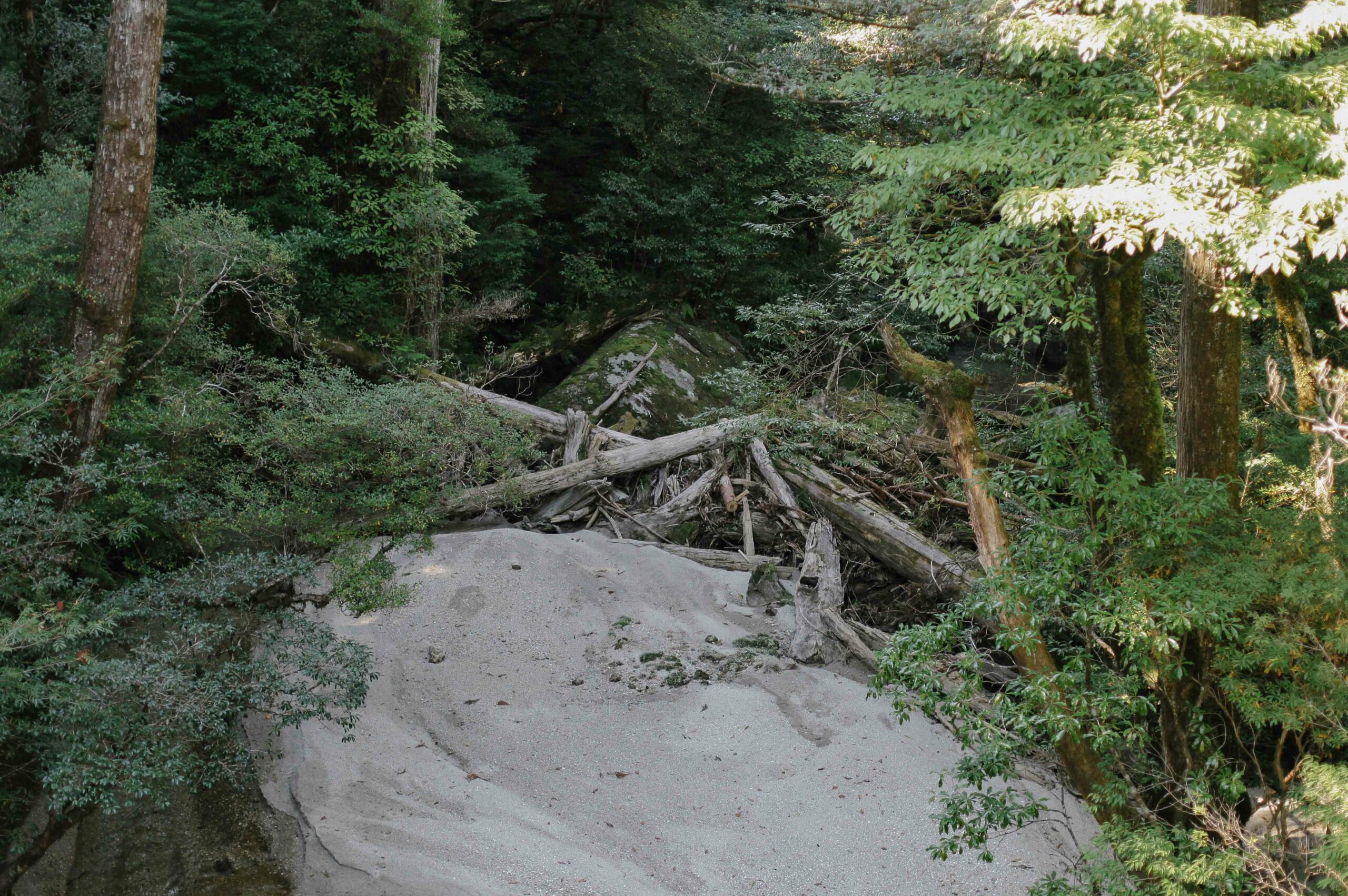
‘Yakusugi Land’ is, undoubtedly, a name that conjures images of a theme park. Images like, a log rollercoaster, log flume, log churros, or some kind of tree mascot in a character suit. However, the name is deceptive — a relief or a disappointment, depending on the person. Although Japan leads the way on theme parks (the conventional, the terrifying, and the eerily abandoned), the deep and sacred forests of Yakushima have not yet succumbed to such developments. Instead, Yakusugi Land is a collection of carefully mapped and well(ish) maintained hiking courses that traverse the volcanic island’s more accessible interior landscapes.
Deep in the folds of Yakushima’s exposed basalt dome, a cedar tree of indeterminate age grows, gnarled and bent but living still. Named the ‘Jо̄mon-sugi’, it is thought to be between 2000 and 7000 years old. The idea of visiting this venerable being is tantalising, but many are disappointed to discover that seeing it requires an eight to ten-hour round hike. This is made even more challenging by the oppressive heat of the summer hiking season and the potential dangers of heavy rainfall or sudden changes in weather.
Fear not! Yakusugi Land is here to offer hikers of all abilities a day of wonder within the verdant rainforests of Yakushima. Better still, the forest contains more ancient trees than you can shake an ancient stick at. Courses of 30, 50, 80 and 150 minutes’ hike are clearly mapped and well signposted. The ¥500 entry fee at the base lodge provides you with the lease of a hiking stick (pilgrim style) and a paper map (to keep). The fee also contributes to the careful management of this natural paradise, which sees high footfall throughout summer.
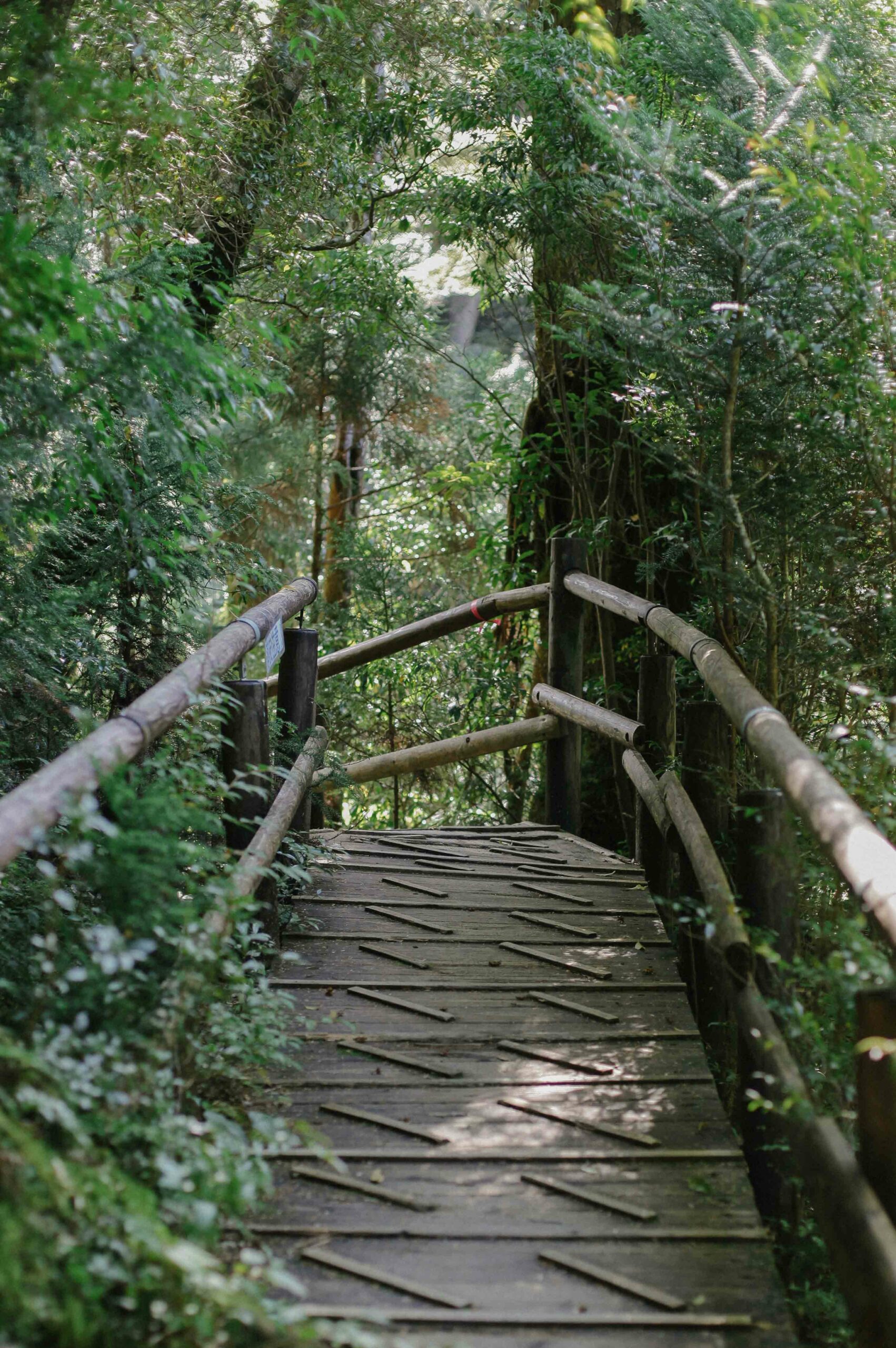
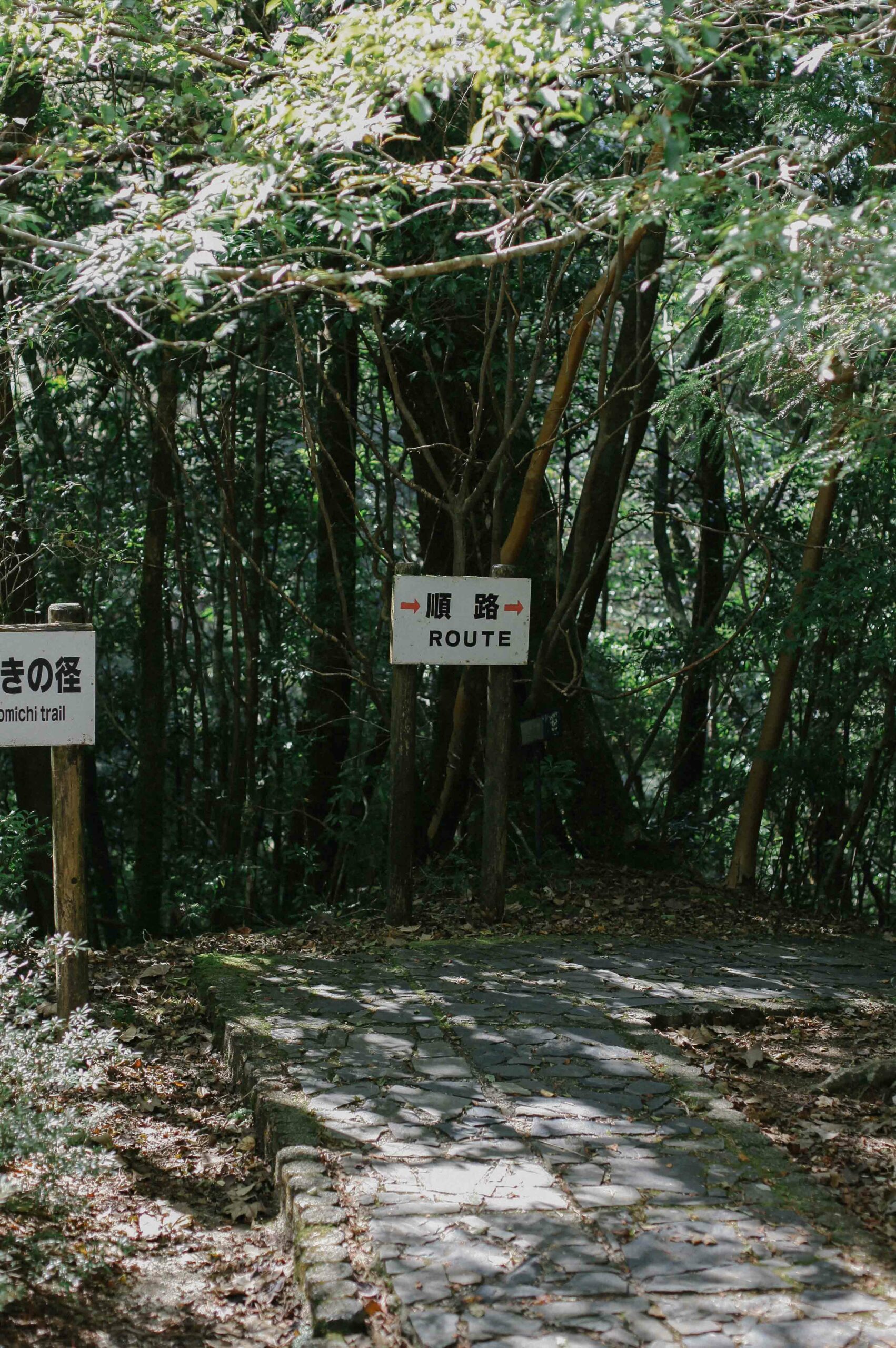
For the hiking hard-nuts who want a bigger challenge, a final 210-minute course leads to the peak of the mountain within Yakusugi Land’s boundaries. The summit can be seen from the parking bay of the base lodge: a bald dome of basalt erupting from the surrounding forests. A couple of hours’ worth of hiking doesn’t seem demanding at first, but the ascent of this final route is a mean beast, with plenty of rock scrambles and steep boulder ascents to conquer.
A Japanese version of the route map is supplied here, offering an idea of what to expect from these courses. English language maps are also available to visitors on site.
The island of Yakushima is well known as the landscape that inspired film director Miyazaki Hayao’s vision of Studio Ghibli’s Princess Mononoke (1997). This makes it an essential stop on any Ghibli enthusiast’s tour of Japan. If you haven’t already seen this film, be sure to watch it before visiting Yakushima, as it will boundlessly enrich your experience of this magical island. Studio Ghibli’s films often create a sense of the mythical, or of worlds too far in the past for us to ever know. What a gift it is, then, that Yakushima remains real and unchanged, as hauntingly beautiful now as it was when Miyazaki took his first steps into the mountains.
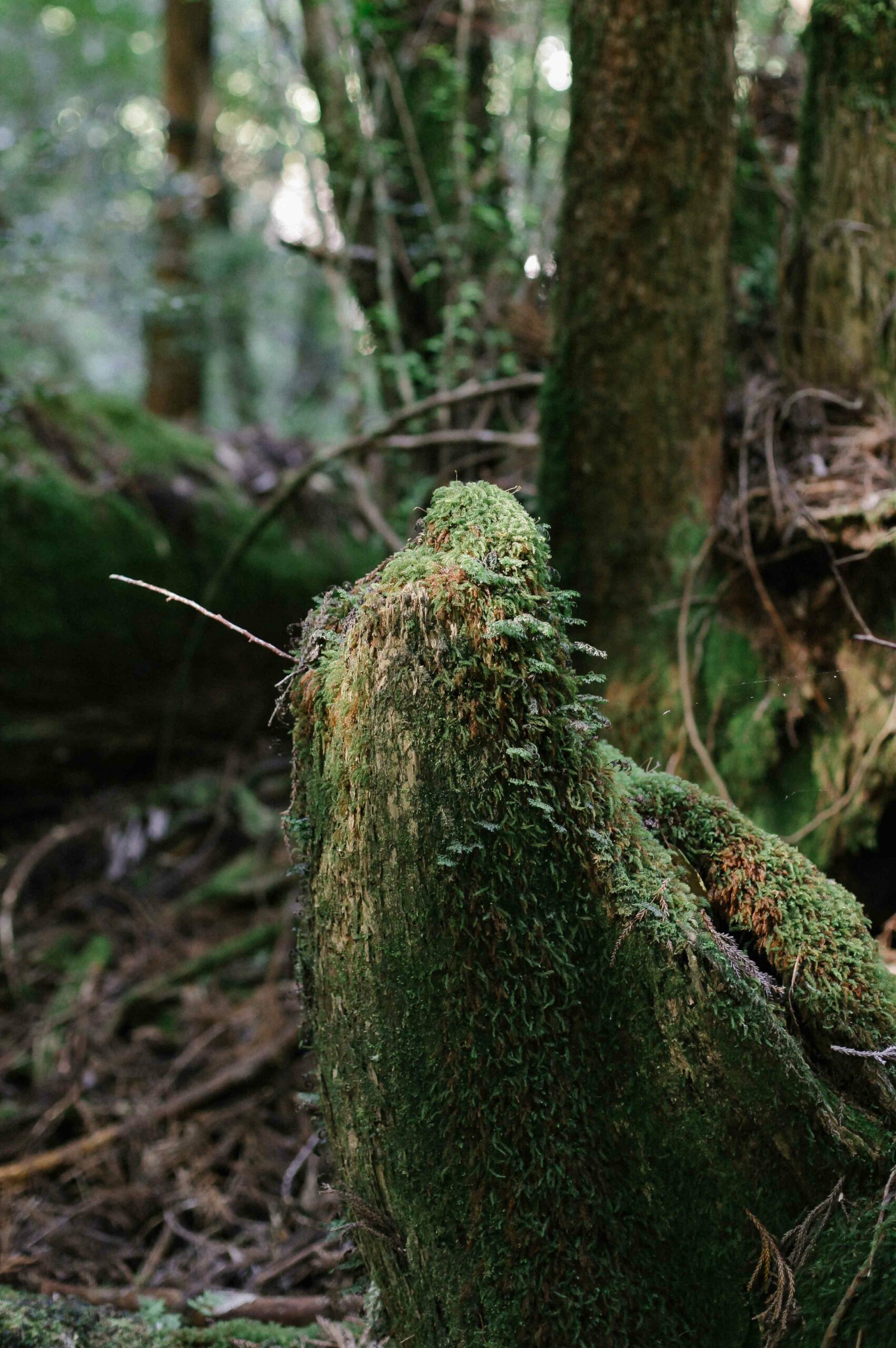

There’d be no Yakusugi Land without the Yakusugi (Yakushima cedar trees), and you’ll find plenty on these trails. These include the ‘sen-nen sugi’, which is over one thousand years old. Towards the end of the 150-minute trail (and easy to dip into if you’re reversing the course) is the “Buddha Sugi’, another sentinel tree whose trunk is almost as wide as the tree is tall. Several other notable trees are also signposted throughout the hike, and occasional sign boards also denote zones rich in epiphytes (plants which grow on trees), mosses and ferns.
Sometimes Yakushima’s shades of green can seem so overwhelming in their diversity that they blur into a single backdrop — not unlike Kyoto’s myriad temples and shrines. The relative shortness of these hiking courses is an ideal opportunity to relax your pace, leaving ample time to stop and really look. You don’t need to be a botanist to appreciate the beauty and rarity of this self-contained and unique ecosystem (although bryologists and pteridologists will likely never want to leave).
During your visit, you’ll encounter a number of ‘celebrity trees’ (celebritrees?): Yakushima cedars old enough to have accumulated special names (such as ‘Jо̄mon-sugi’, ‘Buddha-sugi’ or ‘Yayо̄-sugi’). However, the botanical name of these trees is ‘Cryptomeria japonica.’ The latter part of the name indicates that they were first identified in Japan. These trees start life as meagre sprigs of green, but can live for many thousands of years. As they grow, they become more wood than leaf, developing gnarled bark that adds an ancient air to their unique forms. Although these venerable giants evoke thoughts of American redwoods (Sequoiadendron giganteum), they’re an entirely different species of tree. Coming to Yakushima’s primaeval forests is the ideal opportunity to see these towering guardians of the forest, each tree uniquely its own being.
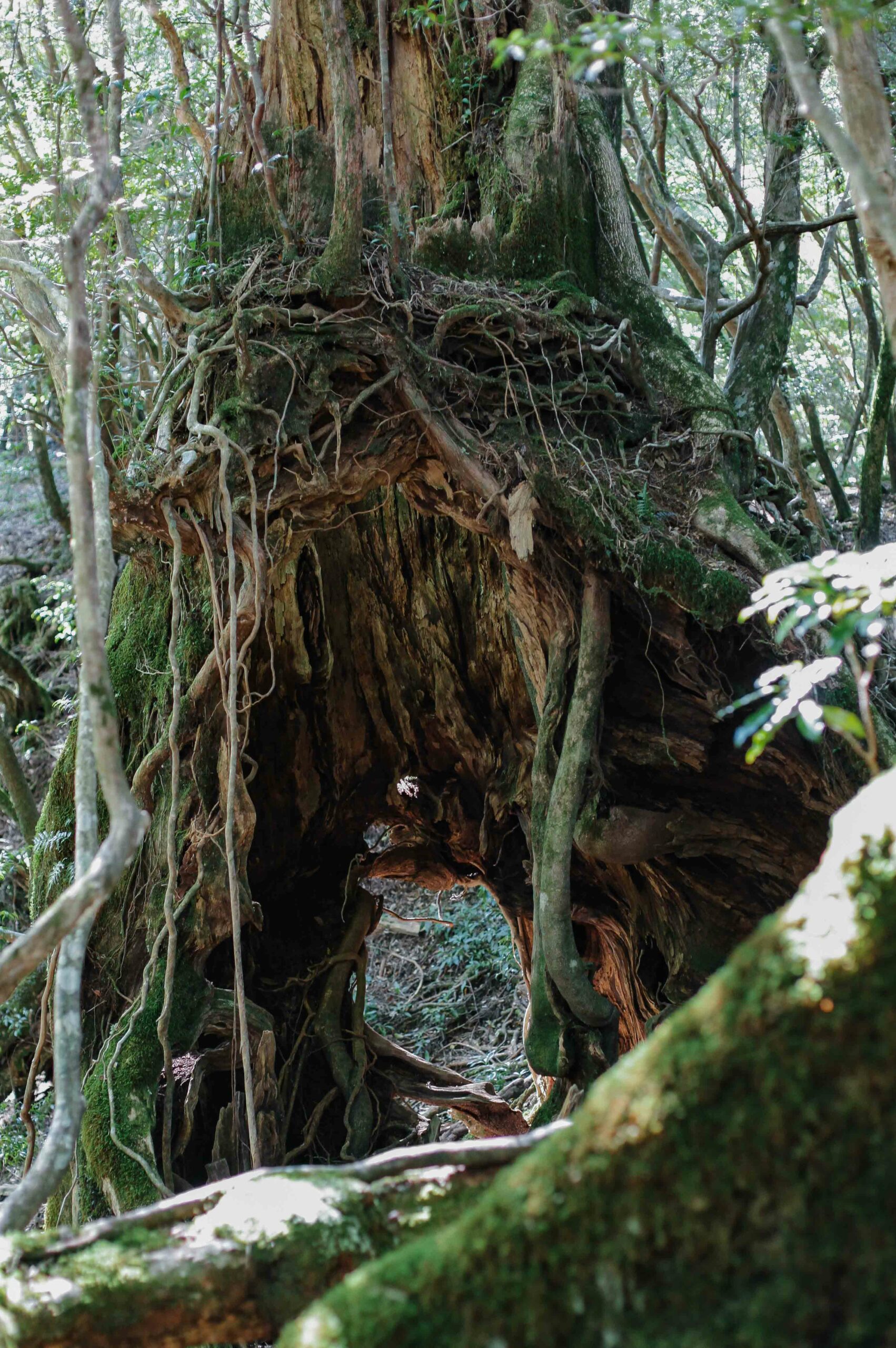
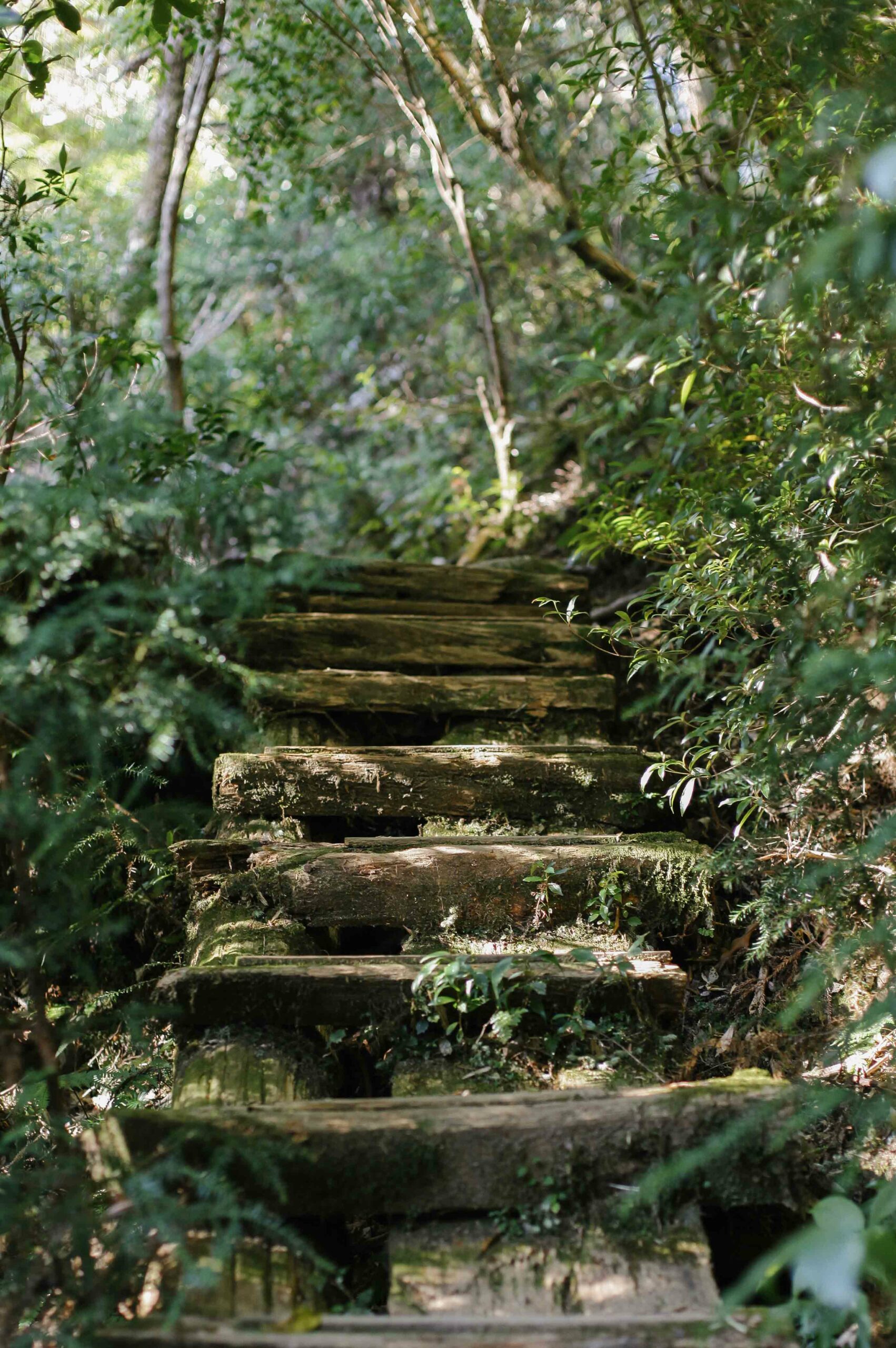
From the gargantuan to the miniscule, you’ll be craning your neck first up towards forest canopies, then down at shimmering carpets of moss, liverworts, and ferns. Take the time to lean in close to these special plants; having an app or identification book to hand can help you see these primordial wonders as more than just a ‘green backdrop.’
Yakushima is home to over 650 species of mosses alone, three of which are unique to the island. Mosses are often the founding lifeforms of temperate forests. Through the dispersal of spores on wind and in mist and rain, mosses begin their growth directly on the surfaces of bare rock. As they slowly develop, the rock beneath them softens and is infused with nutrients, gradually breaking down into soil. Over successive centuries, mosses offer both nutrients and stability for ever larger trees to grow and thrive. They also serve as homes for a plethora of insects, birds and amphibians.
Although it might be tempting to wander off the trails for a closer look, remember that treading on mosses will damage them immensely; they are delicate and slow-growing. Luckily, almost every surface within Yakushima’s forest has plenty of moss cover, so you can lean in close without doing any harm. Moss spores are responsible for transforming ancient Yakushima from an extinct volcanic rock to one of the most lush, vibrant, and biodiverse islands in Japan. Moss fanatics (and those who appreciate a good fairy-tale atmosphere) will also want to visit Shiratani Unisuikyo — Yakushima’s most spectacular moss forest.
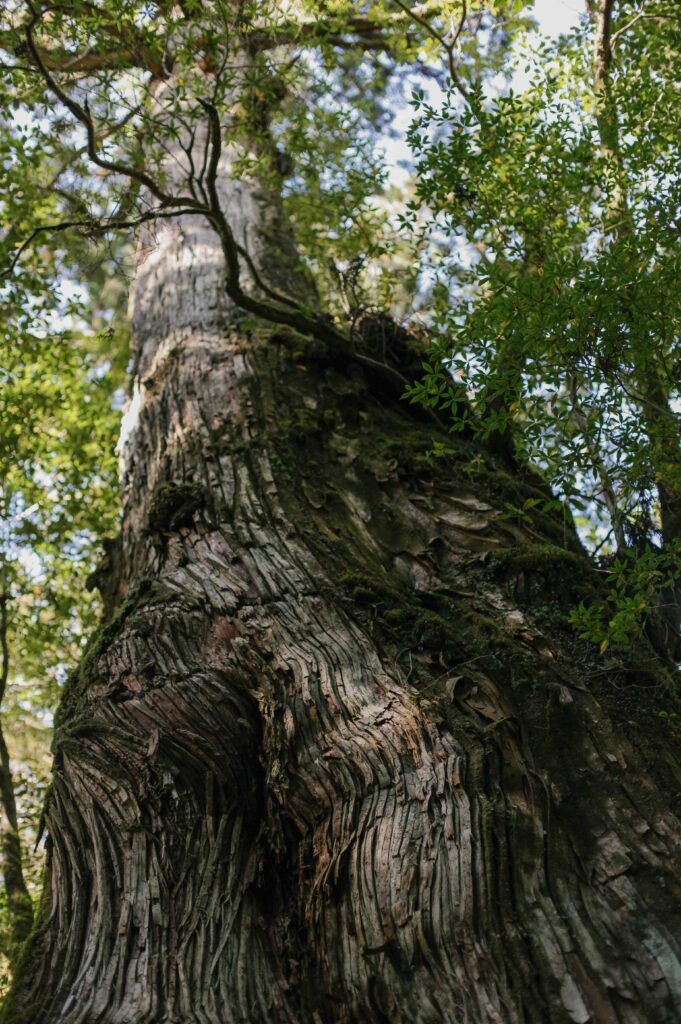

No matter your plans for the day; whether you want to take it slow or face a challenge, Yakusugi Land has something for everyone. All of the forest’s courses start and end at the same base, with the shorter courses peeling off and looping back sooner, while longer courses head deeper into the ravines and hilltops of the island’s interior. This means that you can set out without a solid idea of which course you’d ultimately like to follow, taking a longer or shorter route as it suits you. The base lodge has public toilets and a gift shop selling goods carved from Yakushima wood, but doesn’t sell food. Be sure to stock up on supplies before you leave!
The landscape of all of the courses is varied, although the shorter routes contain the most forgiving terrain. Some areas have stable boardwalks, and others involve clinging to belayed ropes in order to gain purchase on rocks and tree stumps. On the longer courses, you’ll encounter the occasional scramble along a precipice, which adds to the sense of the adventure. All routes periodically open up onto enormous canyons, crossed by sturdy (but jiggle-prone) suspension bridges. Tough on the knees, the longer hikes require short, sharp ascents over house-sized boulders and treacherous tree roots. Walking poles are advised, but a blanket rule of using poles anywhere on Yakushima is that they are soft-capped (meaning the terrain spikes are covered with a flat rubber attachment). This is to protect the delicate layers of moss, roots, and humus that make up the topsoil of the forest floor.
Whichever course you take, make your start early in the day in order to enjoy the routes at a leisurely pace. Yakushima is best experienced as slowly as possible, away from hurried pressures of daily life.
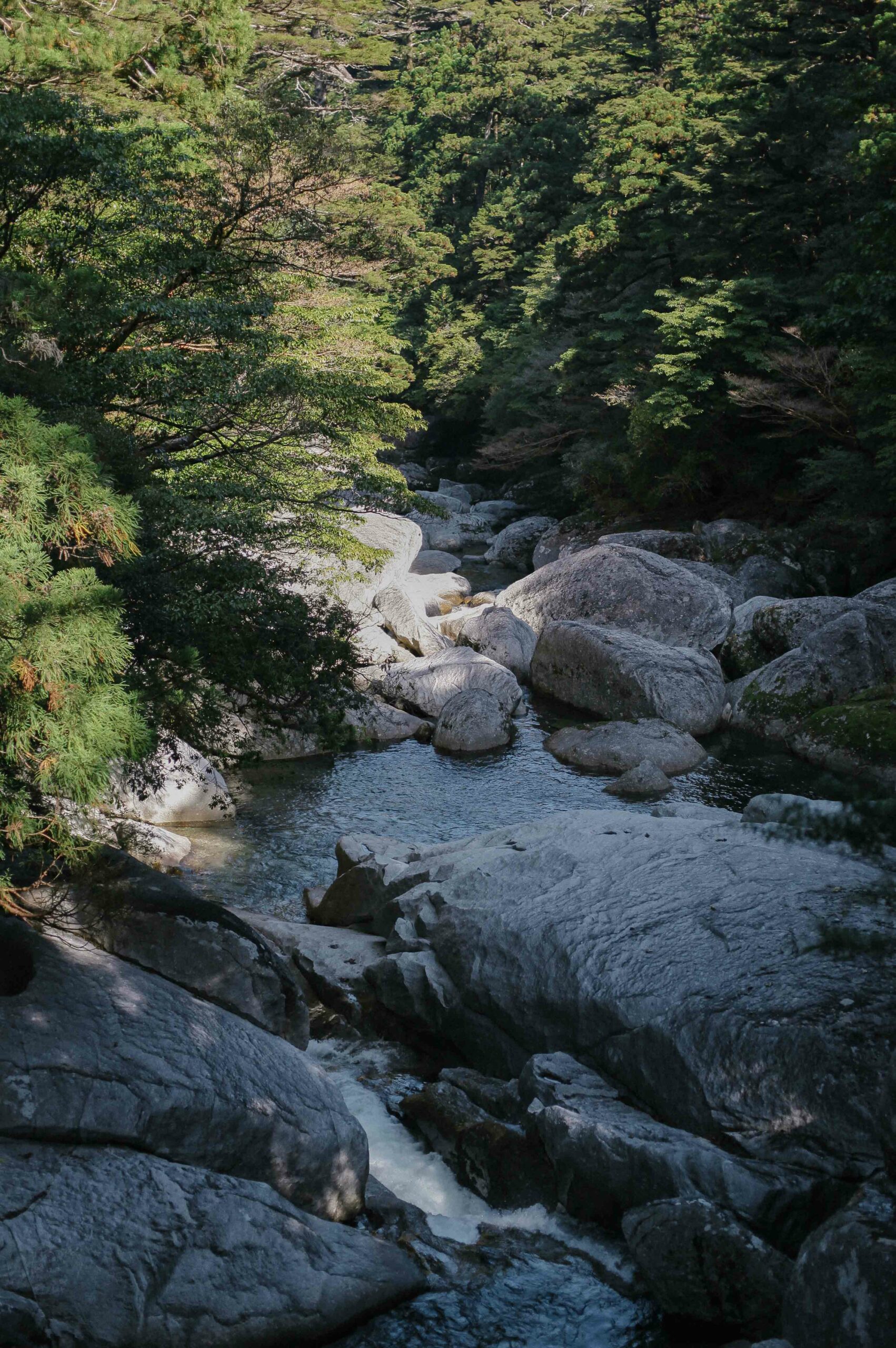
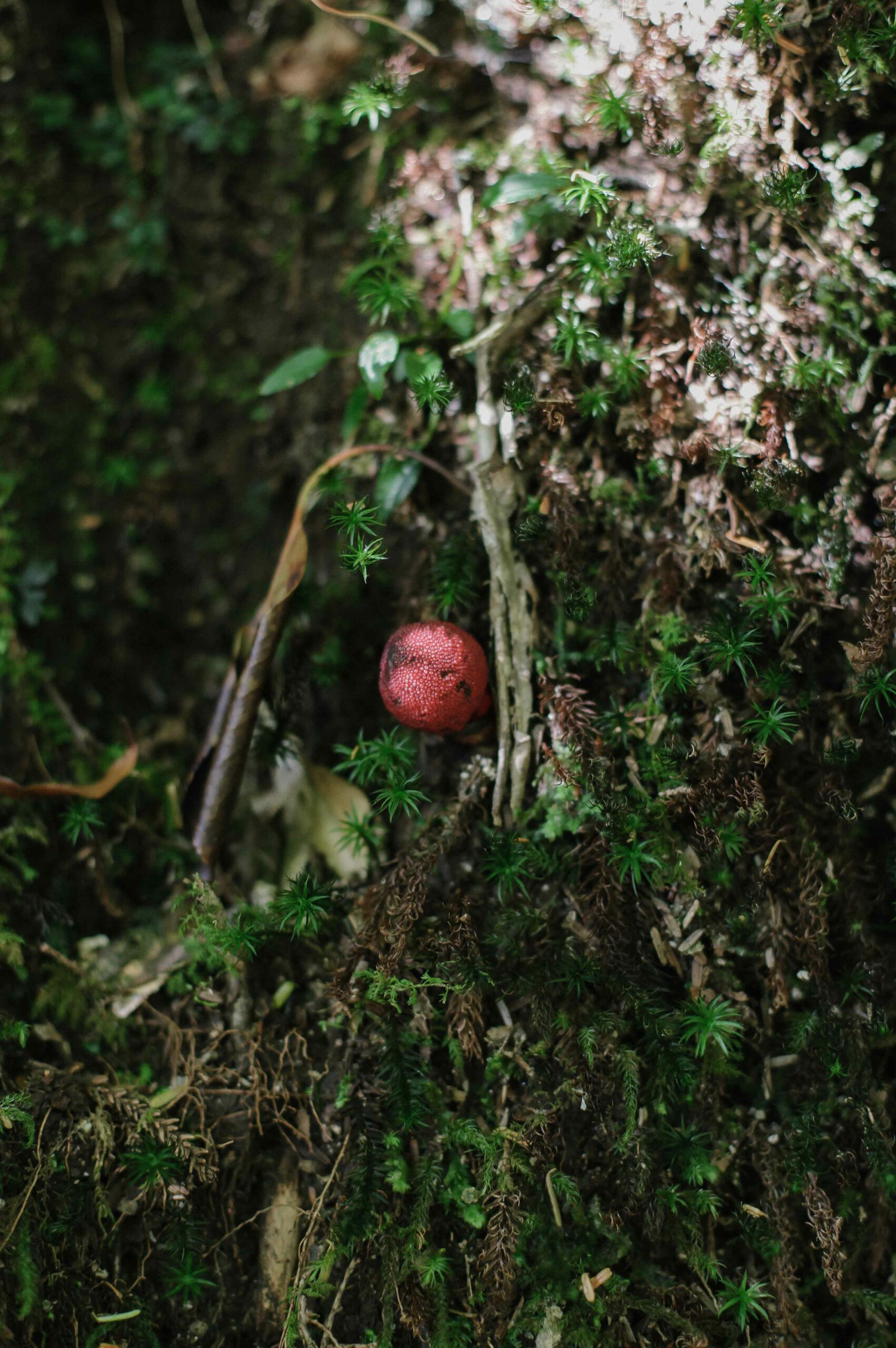
Access: By car, program the address below into your mapping app/sat nav of choice.
A bus services the area twice daily, with a detailed explanation from Yakushima’s tourism agency given here. Due to the lack of public transport in Yakushima, car rental is the optimal way to explore the island.
Name: Yakusugi Land
Address: Yakusugi Land, Anbo, Yakushima-cho, Kumage-gun 891-4311 Kagoshima Prefecture
Open: 8:30am–4:30pm for lodge shop and ticket office.
Admission: ¥500 donation for ongoing management of trails.
Website: https://www.kagoshima-kankou.com/guide/51260
Post by Japan Journeys.



